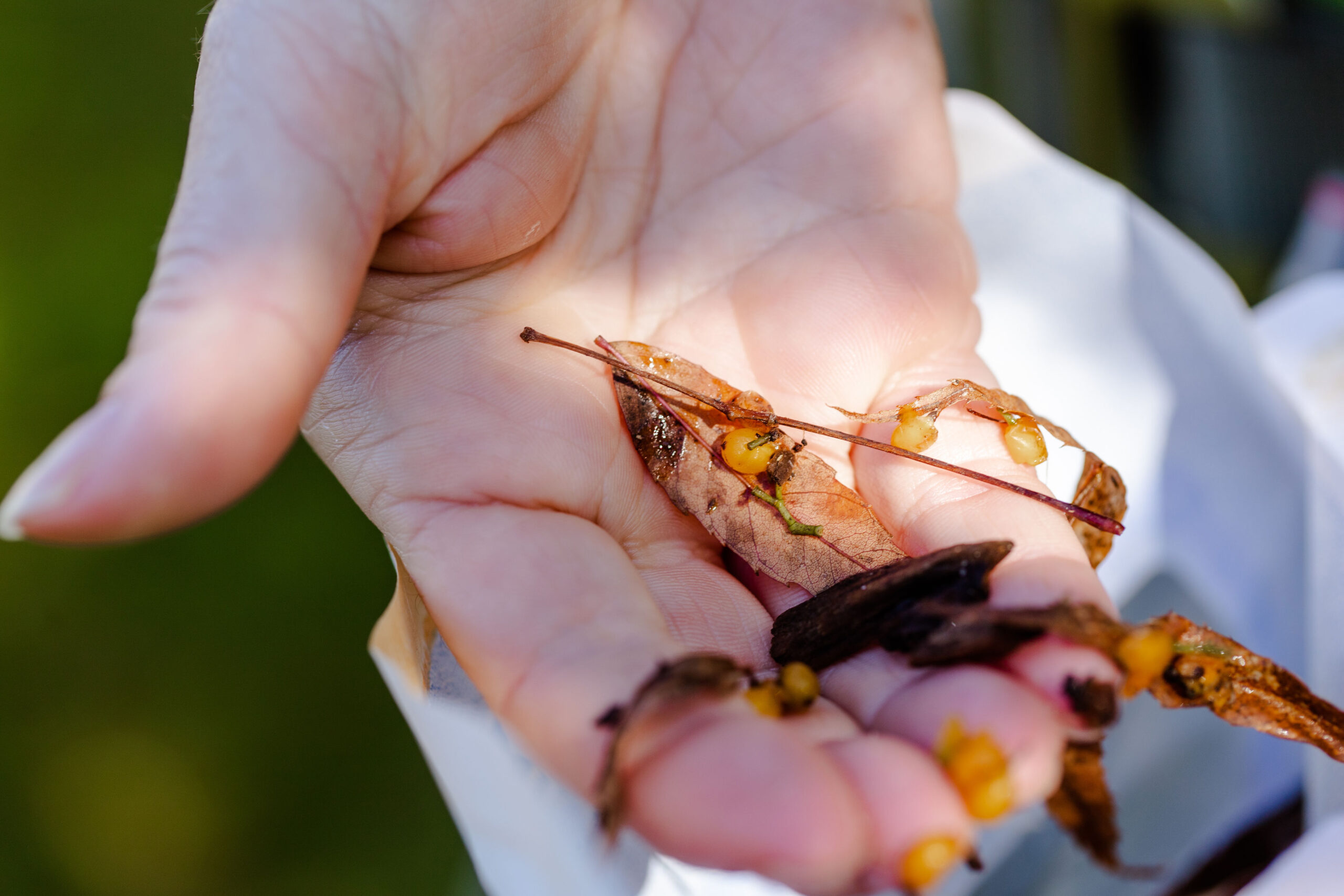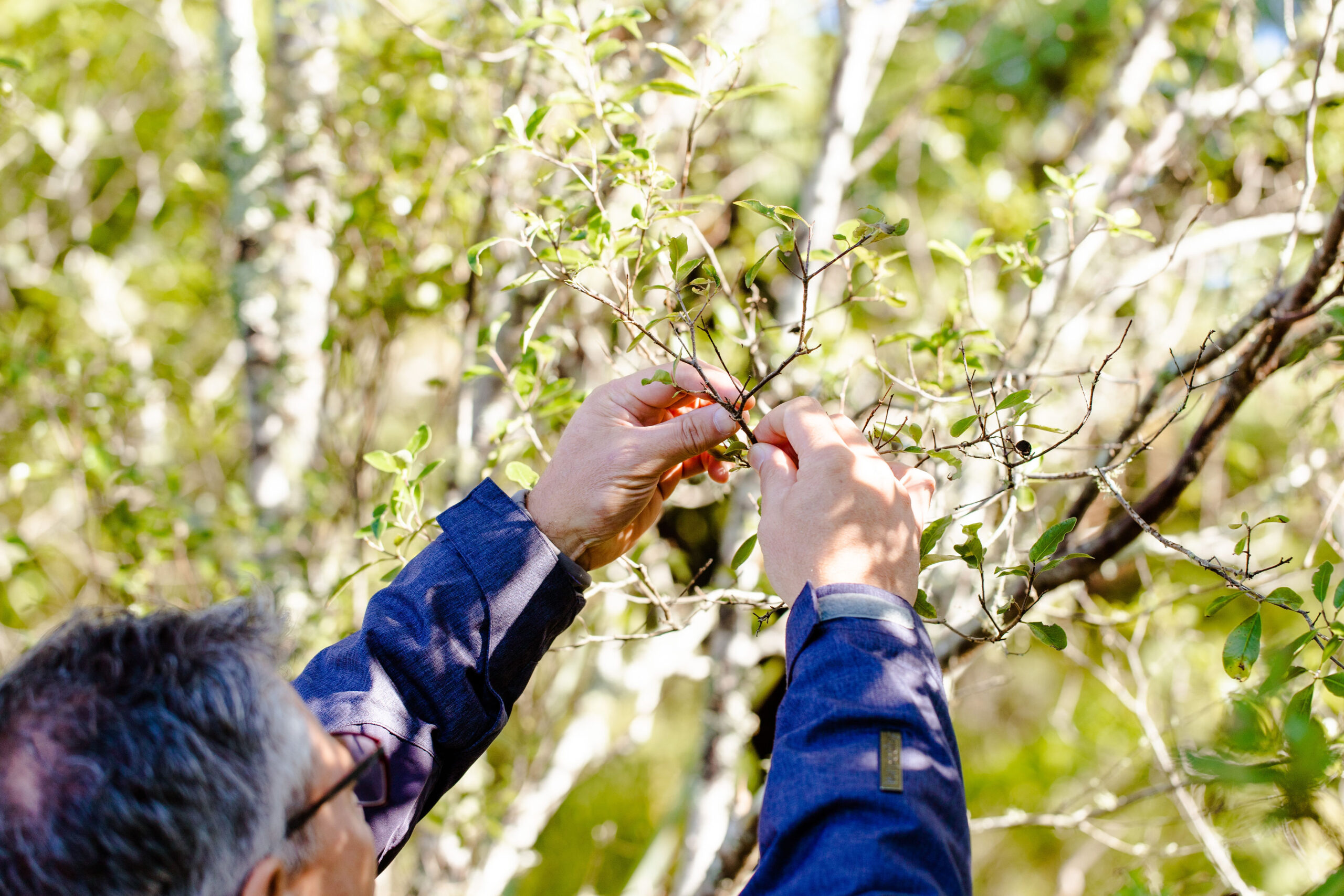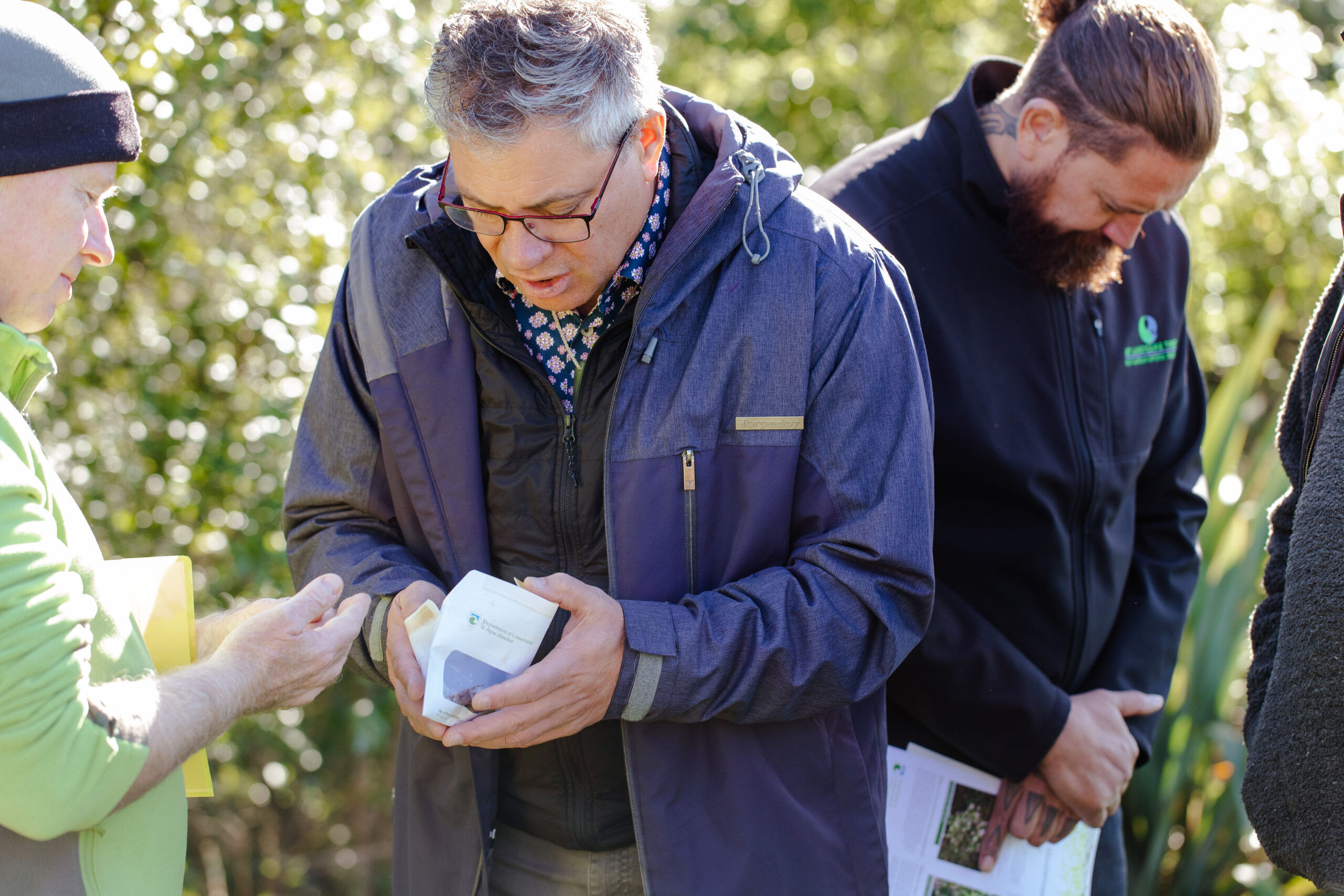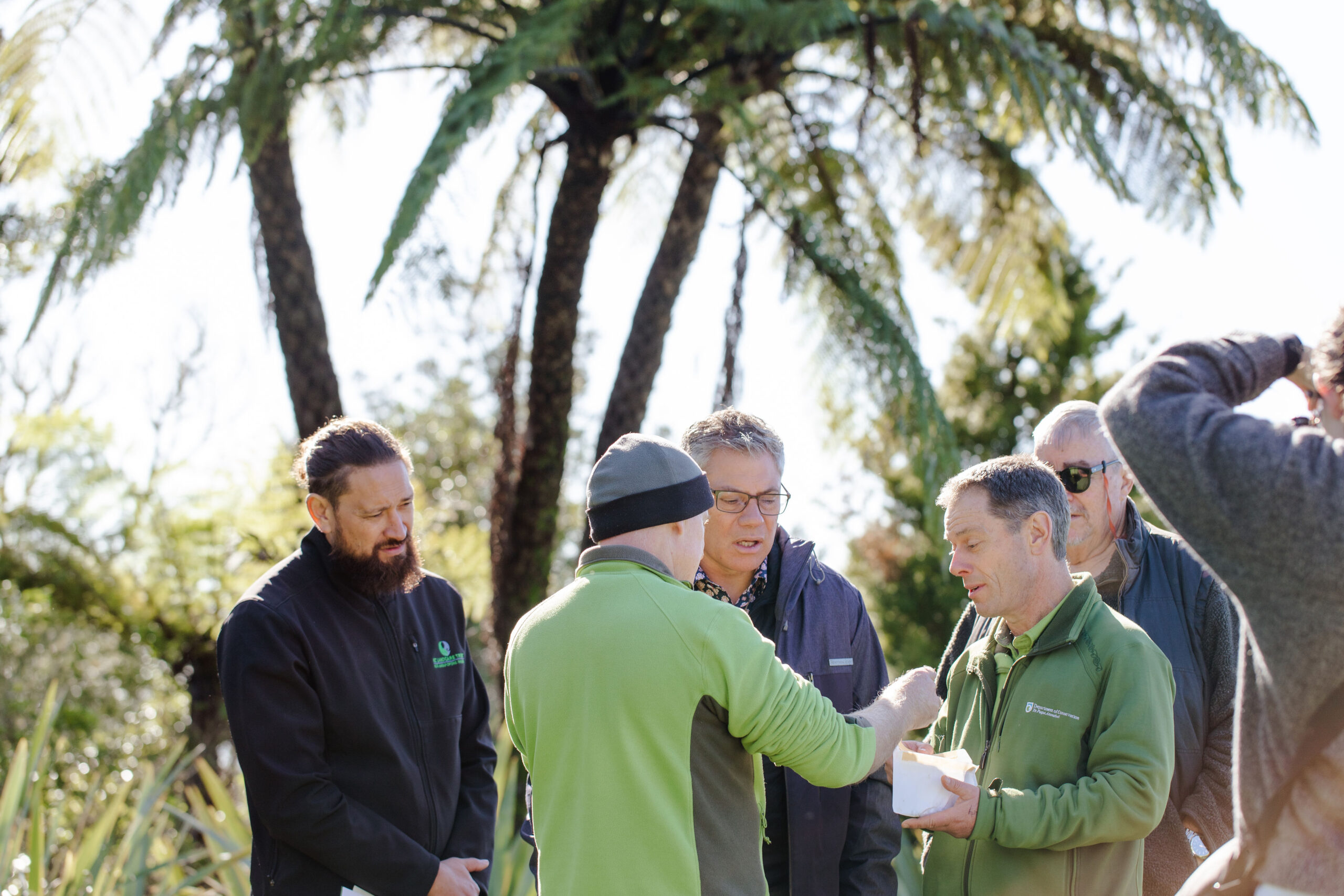Territorial Authority and Agency Consultations with Te Rūnanganui o Ngāti Hikairo
As a part of the Resource Management Act, a number of Authorities are expected to consult with Te Runanganui o Ngati Hikairo regarding their activities that are likely to impact on us within the boundaries of our traditional Rohe.
The Runanganui operate a Resource Management Committee that considers any process that involves the consultation requirements of the Resource Management Legislation. All of the territorial authorities who have responsibilities within our traditional borders (the Otorohanga District Council, The Waipa District Council, the Waikato Regional Council) as well as key Agencies (Department of Conservation, Environmental Protection Agency, Waka Kotahi) consult with the Runanganui where there are common interests regarding conservation, restoration, and resource consents. This work is being done on behalf of the Runanga by a collection of iwi members co-ordinated by Pipi Barton.
We would like to acknowledge the following whanau for their tautoko to maintain our Kaitiakitanga within our Rohe over the last year: Hano Ormsby, Jane Anderson, Frank Thorne, Kurutia Seymour, Gareth Seymour, Hinga Whiu, Lees Seymour, Susan Turner, Jack and Rangi Cunningham and Gina Ngarongo.
So that you may be aware of what activity is occurring in our rohe, a short synopsis of each application will be published on this page of the website. If you have any questions regarding any of the applications, please do not hesitate to contact Pipi.
NB, we have not published the applications in full as they are often 30 to 40 pages long.
July 2023 – June 2024
Pirongia Te Aroaro o Kahu Restoration Society
The Society sought consultation with Te Runanganui regarding its planned pest control programme on Pirongia Maunga. The programme will be using a combination of physical and poison bait trapping to target a number of invasive species to support the reintroduction of a number of endangered species such as the Kokako. In our response we provided a copy of the framework we are using to guide our responses to consultation requests. We indicated a support of control programmes removing pest species, but noted our preference for solutions that avoided the use of poisons where possible.
July 2022 – June 2023
Otorohanga District Council
The Otorohanga District Council have begun a project to replace many of the watermain pipes in the township. The Runangnaui has agreed to undertake a Cultural Impact Assessment to identify cultural and historical sites of significance and monitor council activity to avoid any risk to the physical and spiritual integrity of the sites. The final report will be available on this website when it is completed
There is currently a temporary brace supporting one of the limbs of Te Papa o Karewa. Futher work is being investigated regarding a permanent solution. In addition, Otorohanga District Council has retained the services of an Arborist to advise on what other actions can be taken to improve the health of the rakau and to also advise regarding the impact of the water mains pipeline replacements in the vicinity of both Te Papa o Karewa and Tangitekorowhti.
There has been an application by a landowner to build a small two-bedroom dwelling on their property which borders on the boundaries of what was once Te Iringa Pa. While the construction is not on the Pa, it is within 100 meters of one of the outer boundaries.
The plans were reviewed and as the footprint is constrained to the landowners property, utilises existing access points and does not require any significant earthworks or retaining walls that might impact on this waahi tupuna, we have indicated that we have no objection to the construction as planned.
We have also indicated that should this change we expect to be consulted again.
Waipa District Council
Te Runanganui completed a Cultural Impact Assessment regarding the restoration of Lake Mangakaware, which was completed in October 2022. The document will be handed over in a formal ceremony in early 2023 at Lake Mangakaware. The document will be published on the website once the official handover has been completed in January 2023.
Te Runanganui o Ngāti Hikairo and Waikato Tainui were involved in planned commemorations for the battle of Waiari in 2021, unfortunately these had to be cancelled due to Covid restrictions. It is planned to have the commemorations at a later date.
Information regarding the Maori history of the battle at Matakitaki has been developed for story boards that will be available at the site for the public to view. These storyboards are now in place.
Te Runanganui o Ngāti Hikairo supported the Exhibition regarding the events that occurred at Matakitaki by the Museum in Te Awamutu, providing feedback on the historical narratives and selection of taonga that are included in the Exhibition. This exhibition has been delayed and a future date is still being finalised.
Waikato Regional Council
A series of two core sediment samples will be taken from the harbour to test for pollution and heavy metal concentrations. This is an ongoing piece of work which is a part of the monitoring of the health of the moana and dates back to the NIWA work undertaken in the early 2000’s.
Waka Kotahi
Planned work for an upgrade to the Culvert at Te Puti. The Runanganui has agreed to undertake a Cultural Impact Assessment to identify cultural and historical sites of significance and monitor Waka Kotahi activity to avoid any risk to the physical and spiritual integrity of sites, and any issues with the moana.
Department of Conservation
A research study over the next 15 years which will include areas of the Pirongia State Forest to identify healthy population of native fungi and possibly identify new variants.
Study of genetic drift in populations of blowflies which will encompass parts of the Pirongia State Forest.
A study of the population distribution and health of Native Frogs and Skinks in the Pirongia State Forest.
Due to predation of introduced pest species, the two species of native mistletoe have either been eradicated from the state forest or severely reduced. The culling of pest species now allows for the reintroduction of the geographically extinct sub species and new genetic diversity for the threatened species. Both transplant populations are being released with the approval of the local tangata whenua (Ngati Koroki Kahukura and Ngati Tuhourangi). The geographically extinct transplant population is being supplied from a healthy population in Maungatautari, which is the closest genetic population that has been identified.
Research into the regional variances in harakeke, pingao and kiekie, their distribution, and the health of identified populations. The study will also be looking at tensile strength, flexibility, and traditional usage.
On the 13 May 2023, a ceremony was held at Pirongia beginning the process of reintroducing two native mistletoe species to Pirongia State Park. You will recall we supported an application by the Department of Conservation to reintroduce these two species from populations in Rotorua and Maungatautari.
Lees Seymour was able to be at the ceremony as a representative of Ngati Hikairo and the Runanganui. Lees said “it was a wonderful experience to see two taonga return to the forest”.
Lees took part in the proceedings and noted that while he was saying a karakia to open the ceremony, “a Pīwakawaka or fantail flitted out from the forest and flew around him until the prayer was complete, and then returned as others spoke”.
In all a fantastic day for the forest and the people. Below are some photos from the day.




The New Zealand Geographical Board
Recently our whanau from Waikato Tainui and Ngati Apakura advised us of an application for one of the sites on Pirongia to be officially known by its traditional name. This application was also supported by Ngati Maniapoto.
The feature is one of the cones that face Kawhia and has been known by Ngati Hikairo and the other tribes of the area as Pūāwhē. We have a long history of connections with this taonga and the name reaches back to Rakataura and further. Pūāwhē (the diminutive of Pūāwhēwhē) describes the winds that swirl about the cone in ever changing directions.
After discussion with Kaumatua and our key tribal members, it was recommended to the Runanganui that Ngati HIkairo support the re-establishment of the existing name for the taonga.
A letter was sent to the New Zealand Geographical Board indicating our support for the use of Pūāwhē on the geographical records for this place, and we look forward to a positive response to our support of the application.
